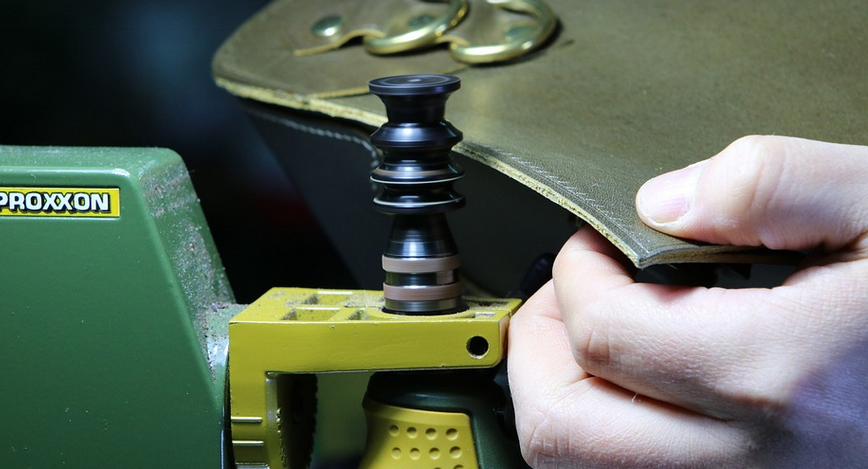Understanding the Complexity of Engine Harnesses
So, you’re embarking on a project involving an engine swap or perhaps even just a basic rebuild of your beloved vehicle. One question looms over you like the shadow of a long-stroke crankshaft—how much time will it actually take to put all those wires back together?
This is where the magic (and sometimes maddening frustration) of engine harnesses comes in. These seemingly simple bundles of cables and connectors are a vital backbone for your car’s electrical systems. They translate signals from sensors, send power to components, and make sure everything runs smoothly—or at least that’s what they’re supposed to do.
But what makes engine harnesses so tricky? Well, it’s not just about making them fit the right spots. Each engine requires a unique harness configuration, with varying lengths, connectors, and wiring patterns depending on the make, model, and year of your vehicle.
Think of it like this: you wouldn’t try to bake a cake using an oven without mixing bowls or baking sheets; you need the right tools for the job! The same principle applies to engine harnesses. Without these specialized pieces of hardware, your project could easily hit stumbling blocks.
Factors Affecting Labor Time
Now, let’s unpack the factors that directly influence how long it takes to install an engine harness. It’s not just about the number of circuits; understanding the underlying principles is crucial for making accurate estimates.
**1. The Engine Swap**: Is this a straightforward swap or are you dealing with a vintage restoration project? A simple swap in a modern car might be quicker, but an old-school car’s intricate wiring and mechanical components could add hours of extra work, especially if there are unique adaptations required for the new engine.
**2. The Harness Complexity**: A high-performance custom harness is going to take significantly longer than a basic OEM replacement or even one designed for a simpler swap. Each connector, gauge wire, and sensor connection demands meticulous attention to ensure proper functionality.
**3. Mechanical Skill Level:** It’s no secret that the more you know about car mechanics, the faster and easier it will be. If you’re comfortable working under the hood and navigating wiring diagrams, you might be able to shave hours off your time. However, even seasoned mechanics can hit roadblocks if they don’t have the right tools and expertise.
**4. Environmental Factors**: The weather plays a significant role in how quickly you can get this done. Extreme heat or cold can affect wire insulation, soldering, and connector quality, potentially leading to unforeseen issues that require extra time to troubleshoot.
**5. The Learning Curve:** Every project is a learning experience, even if it’s just your first car swap! You might find yourself spending extra time on simple tasks you’ve never done before, such as learning about specific connectors or adapting the harness for certain engine configurations.
The Impact of Labor Time
When it comes to engine swap projects and even general maintenance, understanding how labor time affects your timeline is crucial. It helps you plan effectively, set realistic deadlines for yourself, and manage expectations with your fellow car enthusiasts or mechanics.
**1. Project Scope and Budget**: Labor time directly impacts the overall cost of your project. Unexpected delays due to harness complications can quickly add up, often forcing a recalculation of your budget to account for additional parts, tools, or labor hours.
**2. Time Management:** It’s easy to lose track of time while working on your car. An accurate estimate of the time needed will prevent you from getting sidetracked and ultimately losing valuable time.
**3. Stress Reduction**: Knowing what to expect can significantly reduce stress, allowing you to focus on enjoying the process. This is especially true for complex projects involving multiple stages of work and intricate wiring diagrams.
Tools and Resources to Help You Out
As you delve deeper into your engine harness project, remember there are resources readily available that can help streamline the process:
**1. Wiring Diagrams:** These schematics provide a visual roadmap of the harness’s design, making it easier to understand where each wire connects and how components will be addressed.
**2. Online Forums/Communities**: Connect with other car enthusiasts who have tackled similar projects! Their insights can save you time by providing solutions for common issues or confirming which connectors are the right fit for your engine.
**3. Technical Manuals:** For specific make and model details, delve into the owner’s manuals that include detailed information about wiring diagrams, connector types, and troubleshooting tips. These become invaluable resources to reference throughout your project.
